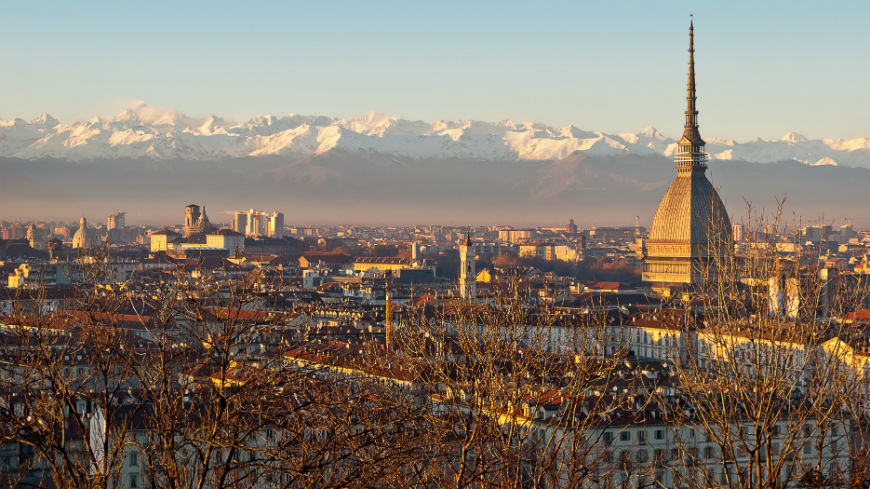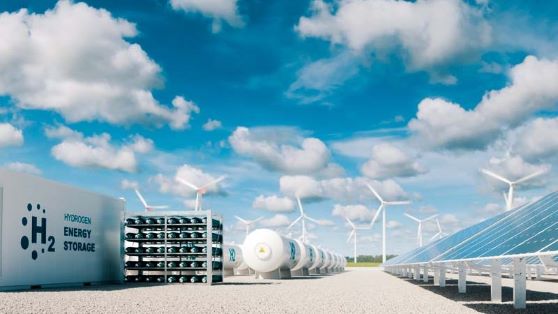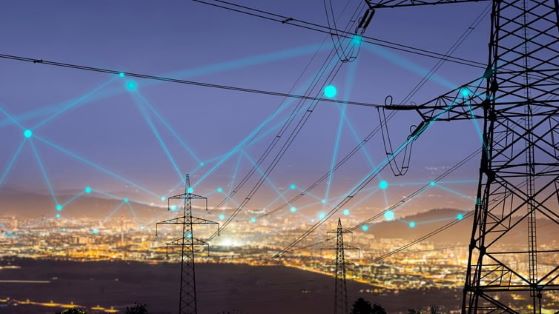
We have contributed to developing scenarios for CONCITO, a major Danish green think tank. CONCITO has analyzed the scenarios in the report The Importance of Agriculture for Future Land Use (Jordbrugets Betydning for Fremtidens Arealanvendelse), published in May 2024.
The scenarios represent different visions of land use in Denmark. The scenarios consider major concerns regarding sustainability, climate neutrality, and natural resources.
Consequently, the scenarios explore the potential of a substantial increase in plant-based food production and a corresponding livestock decrease. The impact of such measures on the economy and the well-being of the Danish population has also been explored.
The set target for the scenarios is to keep contributing to global food production on the present scale. The set target amounts to producing about 22 trillion kilojoules, feeding about 22 million people by 2050.
Bio-Resources of Denmark
We used the model for Denmark’s bioresources, DK-BioRes. Energy Modelling Lab developed this model for the Danish Energy Agency in 2021. We have updated and tailored the model to meet the needs of CONCITO. The model contains data on Denmark’s bioresources, i.e., agricultural land, forests, natural areas, and aquaculture.
The model and the data sources used are available on GitHub.
Based on the input on crop distribution, livestock, land distribution, and desired applied technologies that the model receives, it can analyze how biomass flows through a network of processes. The results include the final production, land use, and greenhouse gas emissions.
Potential pathways
The model can generate scenarios showing the pathway to a specific target. For the CONCITO scenarios, the set target is that the Danish agricultural sector keeps contributing to global food production on the present scale relative to the global population growth.
The scenarios generated show which kind and quantities of crops and livestock production could meet the target. They also show the land use needed. The non-edible bi-products such as straw are also included in the calculations of final material production.
In general, the focus of CONCITO in transforming the food system is to ensure sufficient healthy food in the least space possible with the least greenhouse gas emissions and negative impact on nature, the environment, and animal welfare.
During 2024, CONCITO is running the project Rethink Denmark with a special focus on land use.
Open-access model
The DK-BioRes model was developed under the program of the Bioenergy Taskforce. The model is calibrated to use 2019 as the base year. The data used are from Statistics Denmark. For the CONCITO scenarios, data on calories for edible products have been added to the model.
The DK-BioRes is built in Excel and is an open-access and open-source model. The model and the data sources used are available on GitHub.
Energy Model Lab has also developed a new and updated version of the DK-BioRes model, tailored to meet requirements from the Climate Council. We handed the model over to the Climate Council in March 2024.
Overview of the DK-BioRes model:

Documentation report
The documentation report on the scenarios, “The Danish Bio Ressource”, is available in Danish only.
Client: CONCITO
Budget: DKK 160.000,00
EML-team: Ida Græsted
Duration: Spring 2024


















